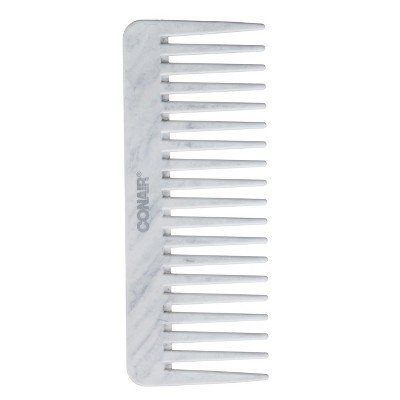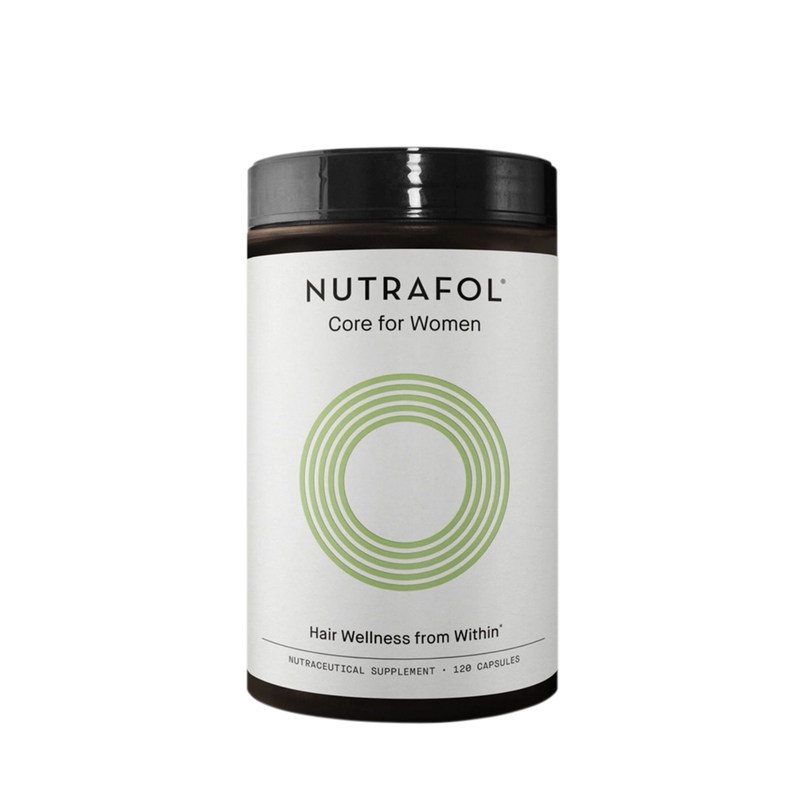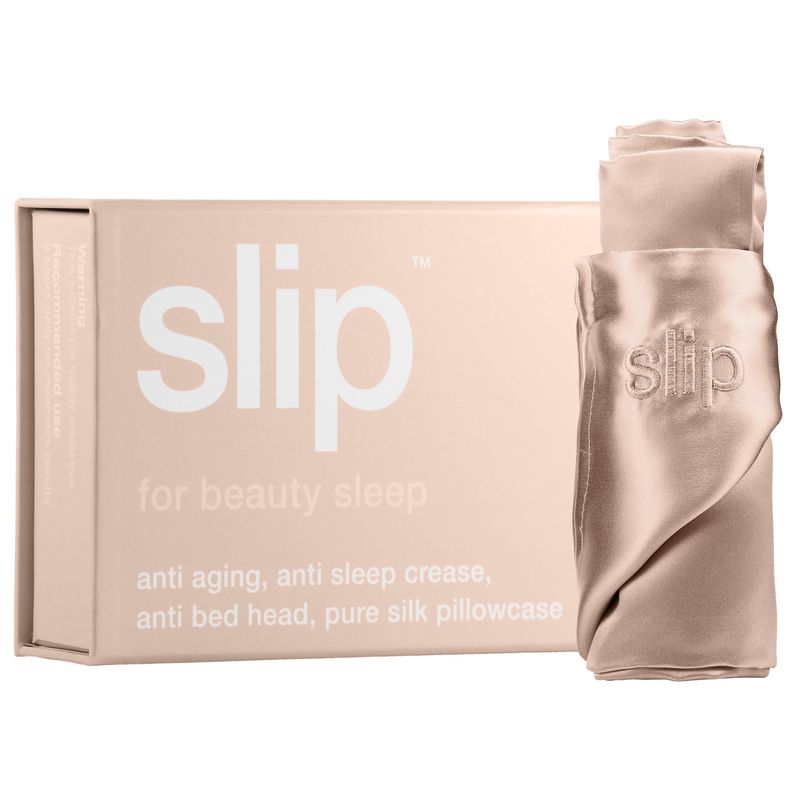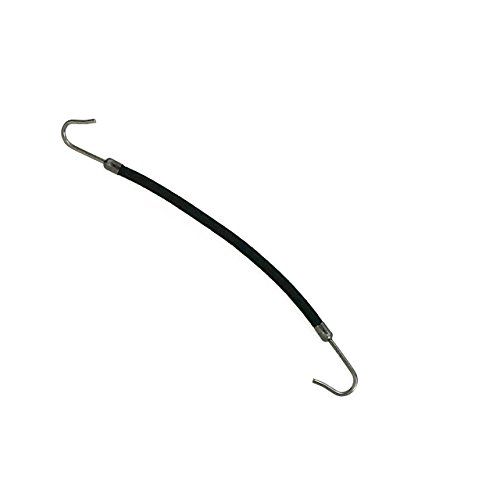Hair Rules for Everyone
This isn’t one of those articles with tips that apply to only one hair type. Read on for all-inclusive advice that works regardless of your length, style, or texture.
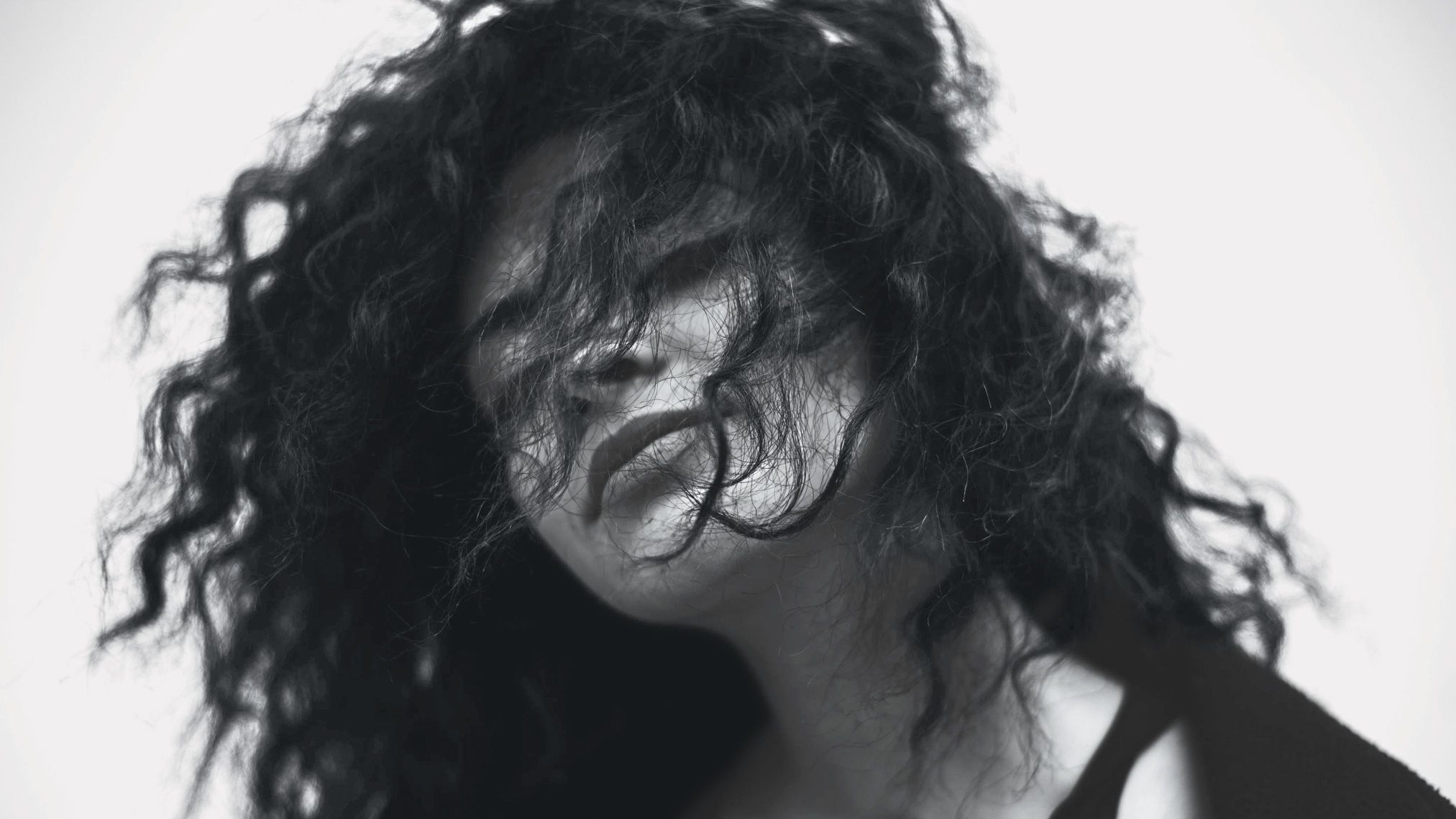

In the past few years, the hair industry has had an awakening, realizing that every woman is unique and therefore requires different products based on our texture, curl pattern, length, style, the season, where we live, etc. It would follow, then, that every hair tip also needs to be über-personalized to be at all effective. But that's not exactly true. The following advice applies to absolutely everyone. (And no, we're not exaggerating.)
Rule #1: Wash Your Hair
Many of the experts Marie Claire spoke with have noticed a recent hair-washing backlash, and they find it disturbing. Meri Kate O’Connor, a colorist at Eva Scrivo Salon in New York City, says some of her clients are worried that shampooing too often or too vigorously will lead to frizz and breakage, while others seem to think the shampoo itself causes dryness and damage. “I don’t know how these myths got started, but, I’m sorry, they’re just not true,” she says. Even worse: Lots of these same women who wash less frequently use dry shampoos or scalp oils and sprays as in-between refreshers—and those can build up over time.
New York City hairstylist Tommy Buckett, who regularly works with Claire Danes and Amber Heard, has clients who are convinced that rubbing their scalp too much causes hair loss. But, he notes, that couldn’t be further from the truth. “When you wash your hair, whether it’s every day or once a week, you have to do it right,” he says. “Use more product, more water, and really use your fingers to stimulate the scalp, get the blood flowing, and get in there and dislodge dead skin and product buildup.”
This advice holds regardless of the product you use. Some women—especially those with coarse, dry curls or color-processed and damaged hair—may want to “wash” with conditioner or non-lathering or “no poo” cleansers because they tend to be more moisturizing, but they all still require the action of your fingers to emulsify and get the job done right.
After cleansing, you almost always want conditioner—unless you “washed” with a conditioner or cleansing conditioner, in which case you may not need it. Rinsing, however, is obligatory. Back in the day, you may have heard this tip: If you have curly hair, don’t rinse out conditioner completely because leaving some behind will smooth the strands. But conditioners today are light-years ahead of older formulas. The ones designed to hydrate and reduce frizz will infuse moisture or coat strands with the appropriate amount of smoothing agents, even if you rinse thoroughly.
Shop Our Favorite Products for All Hair
Rule #2: Use a Wide-Toothed Comb
Styling is where things get tricky. Some women will air-dry, others will do a wet set, and still others may want braids or a blowout. But unless you have dreads or locs, you can probably benefit from the occasional detangling with a wide-toothed comb. Unfortunately, most women do it wrong. The right way: “Whether your hair is straight, curly, stringy, or wiry, work your way from the ends all the way up to the roots,” says hairstylist Jawara, a favorite of celebrities like Solange and Bella Hadid. (If you start detangling at the roots, the tangles will tighten up as you work your way down.)
If you have any type of curl, you probably want to do this when hair is damp so you don’t disrupt the pattern. But hair is weaker when wet, so it’s a good idea to apply a product first to help the comb glide. Jon Reyman, a hairstylist and the founder of Spoke & Weal, a salon with locations in seven U.S. cities, says anything you put between your hair and a brush or comb is better than nothing at all. “Even a texture spray or gel can work as a detangling agent,” he says. “It doesn’t have to be—and for many hair types, it shouldn’t be—an oil or serum.”
Stay In The Know
Get exclusive access to fashion and beauty trends, hot-off-the-press celebrity news, and more.
So … what should you use? There are two things the experts agree on: Finding products that work takes trial and error, and how you apply them matters. The most common problem is that women don’t use enough. “Remember, if you’re applying it on damp hair, the water dilutes it a bit,” says Buckett. “I’ve also noticed you need a lot more of those natural and organic stylers to get them to work.”
And for the love of hairstylists everywhere, distribute evenly! Almost all experts we spoke to said they’re frustrated by women who pat a tiny bit of a product on their top layers or just sort of mist a spray around their head, but not throughout their strands. Depending on your haircut and the product, it may help to apply in sections, but don’t be afraid to experiment. Your holy-grail styler may already be in your medicine cabinet and you don’t realize it because you just haven’t applied it correctly yet. “Use a lot one day, a little another day. People always experiment with makeup, but never with hair products,” Buckett says with frustration. “You need to give things a chance!”
Rule #3: Take a Supplement
Your diet affects your entire body, including your hair, so it doesn’t hurt to eat more healthy stuff, like leafy greens, good fats, and whole grains. But you already knew that. And stylists know you don’t go to the salon for a lecture, so they’re not going to push you on it. Many will, however, recommend a supplement. “Nutrafol for everyone,” says Jonathan Colombini, a Los Angeles stylist who works with celebrities such as Kendall Jenner and Camila Alves, of his favorite brand, which contains (fish-derived) collagen, biotin, amino acids, and antioxidants. “I know they’re for hair growth, but they improve the quality of hair—and nails and skin too. When I forget to take it for a few days, I notice that my skin starts to look dull.” (If you’re vegetarian, try Hum Nutrition Hair Sweet Hair gummies.)
As you mull all the advice above, here’s one last thing to consider: silk pillowcases. “Cotton isn’t good. When hair rubs against it, there’s something about the texture that kind of opens up the cuticle a bit and disturbs it,” says Jawara. Even if you don’t have curls or don’t mind some frizz, you should still consider silk because it absorbs less moisture, which means your hair is more hydrated and therefore healthier. That’s something everyone wants.
A version of this article appears in the February 2019 issue of Marie Claire.
RELATED STORIES
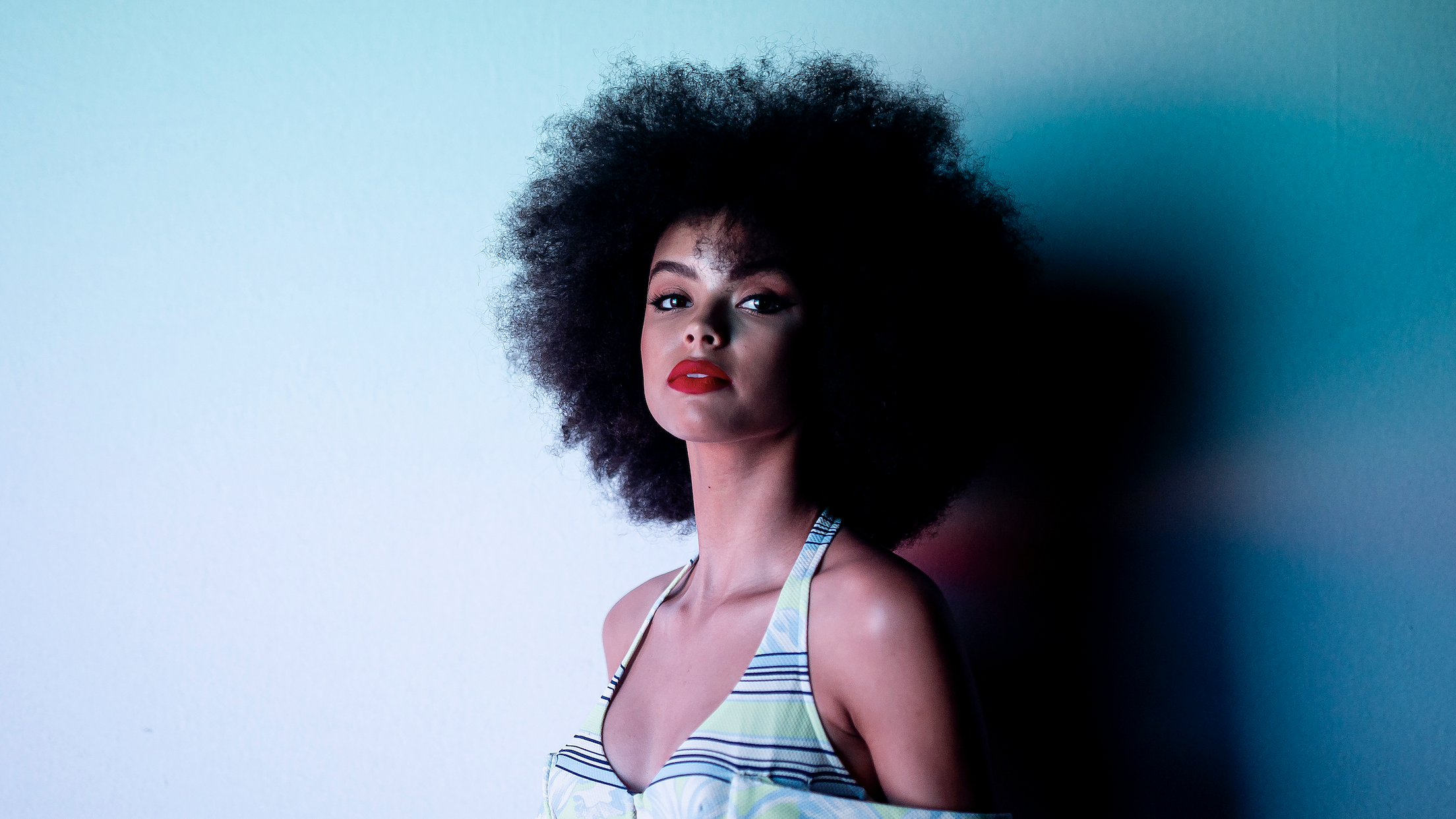
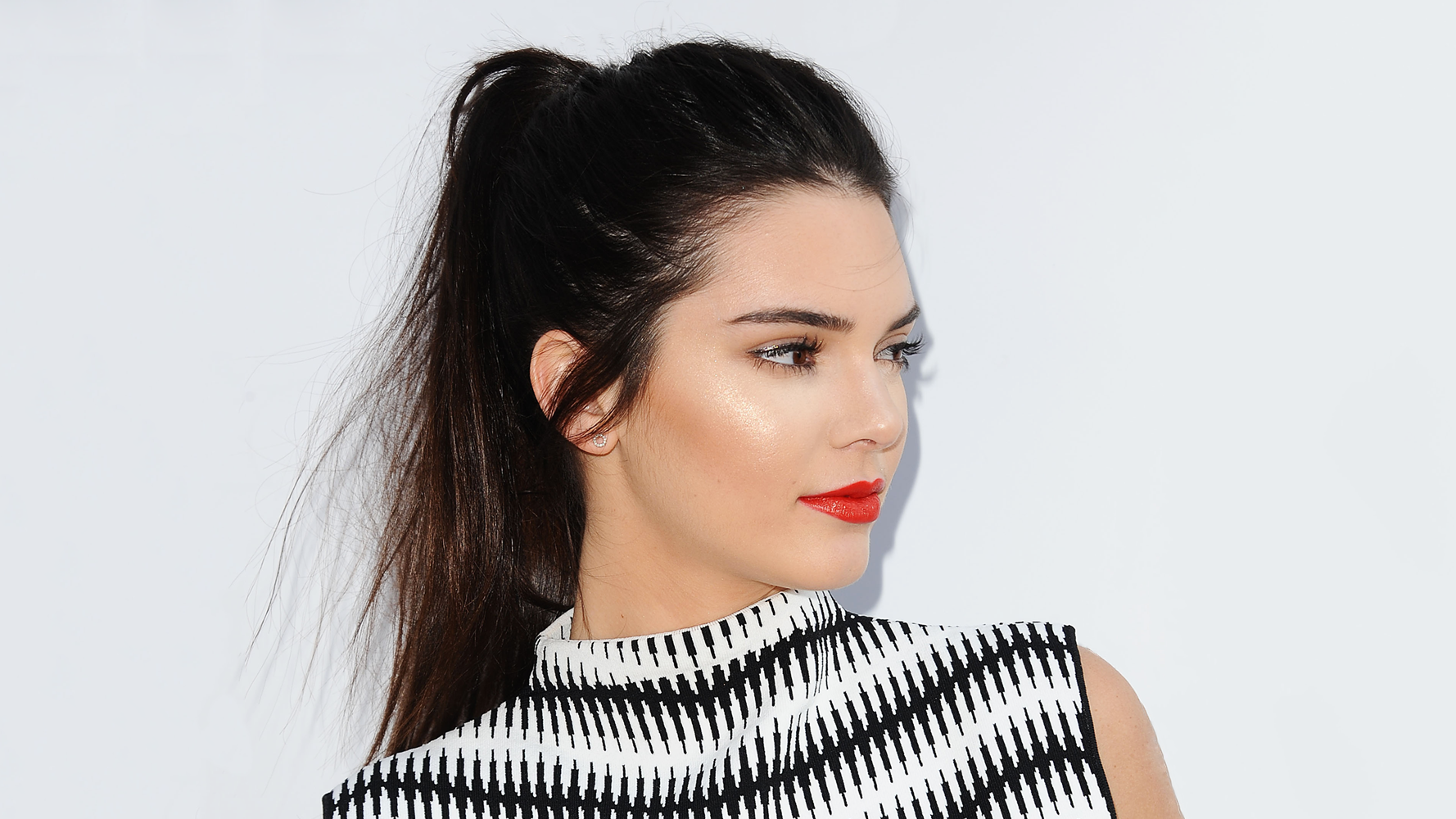
Jennifer Goldstein is the former beauty & health director of Marie Claire and co-host of the award-winning beauty podcast Fat Mascara. In her quest to uncover the world's beauty secrets, she’s gotten tattooed in New Zealand, dug up turmeric in India, harvested shea nuts in Ghana, and squeezed enzyme-rich eggs from salmon in Norway. She can pluck eyebrows like a pro and has read the FDA monograph on sunscreen labeling and effectiveness—but she still can’t get liquid eyeliner to look the same on both eyes.
-
 Princess Beatrice's Husband Pays a Rare Tribute to These Royal Family Members on Instagram
Princess Beatrice's Husband Pays a Rare Tribute to These Royal Family Members on InstagramEdoardo Mapelli Mozzi shared some behind-the-scenes snaps from the F1 Grand Prix in Bahrain.
By Kristin Contino
-
 Allow Kathy Bates to Convince You to Grow Out Your Grays
Allow Kathy Bates to Convince You to Grow Out Your GraysOne look at her new style and you'll be canceling your root touch-up pronto.
By Ariel Baker
-
 After the 'Yellowjackets' Finale Answered Many of Our Burning Questions, Will It Return for Season 4?
After the 'Yellowjackets' Finale Answered Many of Our Burning Questions, Will It Return for Season 4?The showrunners still have plans to show how the girls get out of the wilderness.
By Quinci LeGardye
-
 That Root Touch-Up Can Wait—Kathy Bates' Gray Hair Proves It
That Root Touch-Up Can Wait—Kathy Bates' Gray Hair Proves ItOne look at her new style and you'll be canceling your root touch-up pronto.
By Ariel Baker
-
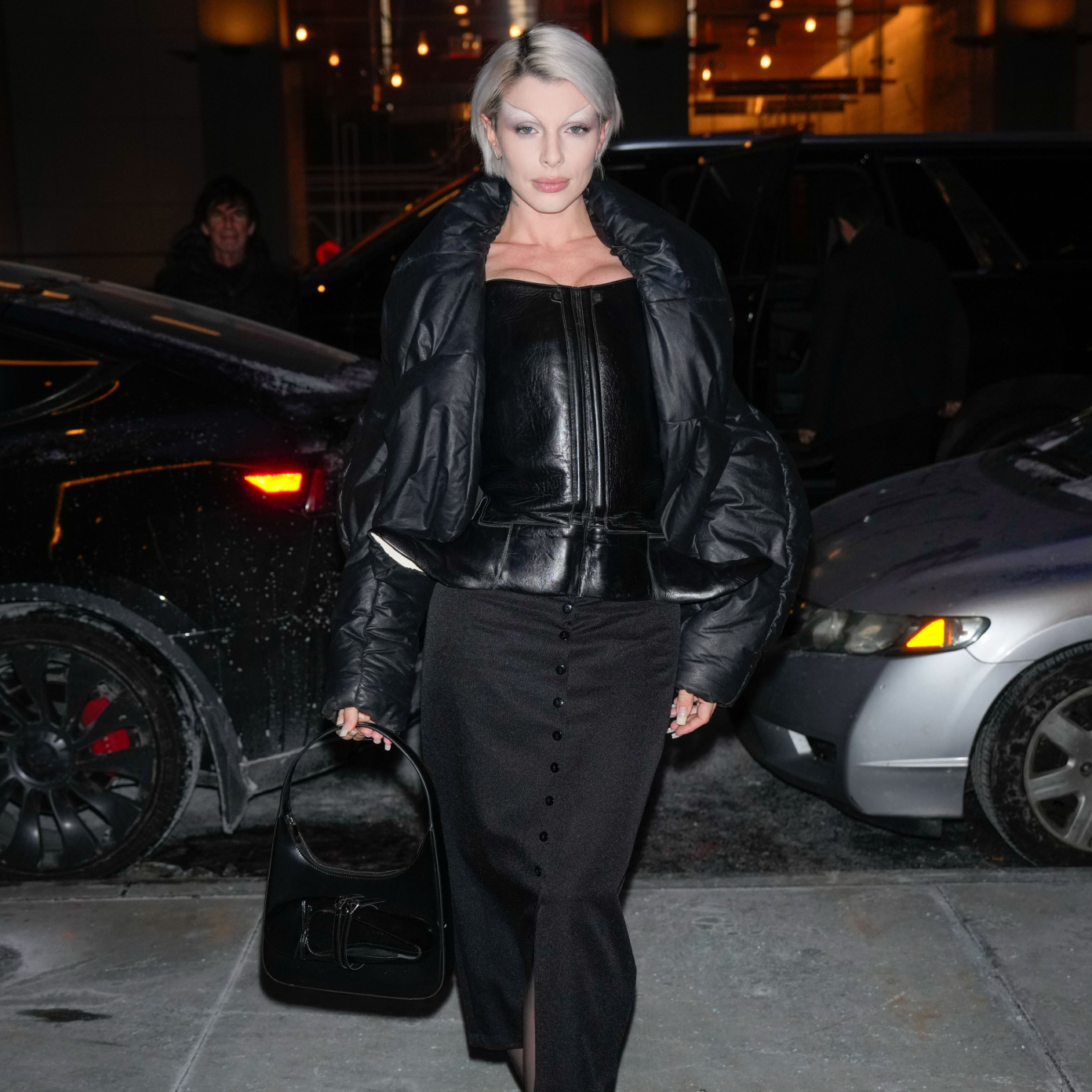 The C*nty Little Bob That Stole the Show at Coachella Is Awarded to Julia Fox
The C*nty Little Bob That Stole the Show at Coachella Is Awarded to Julia FoxLeslie Bibb fans, rise.
By Ariel Baker
-
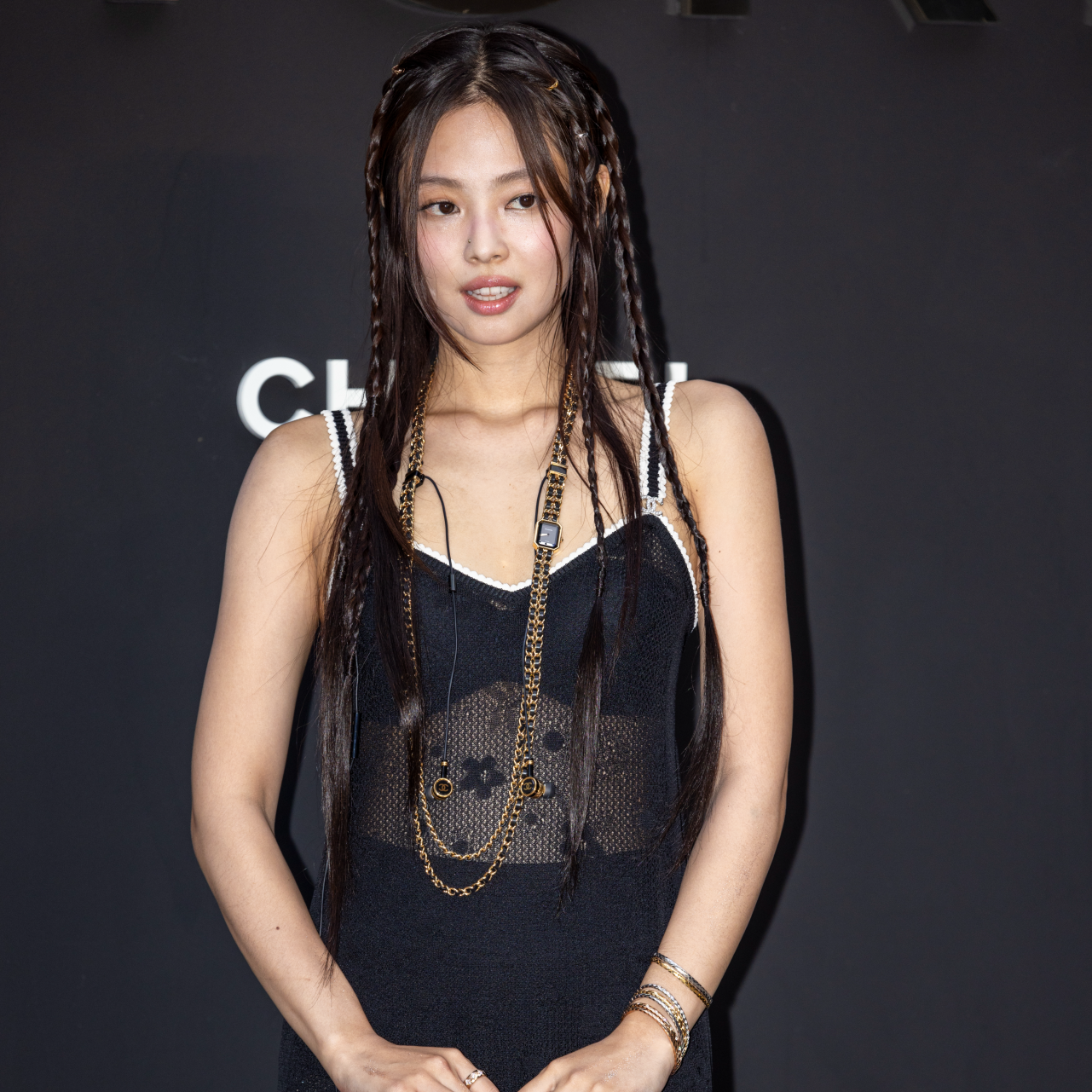 Mermaid Waves Are Coachella-Approved Thanks to Jennie Kim
Mermaid Waves Are Coachella-Approved Thanks to Jennie KimBeachy hair is back in full regalia.
By Ariel Baker
-
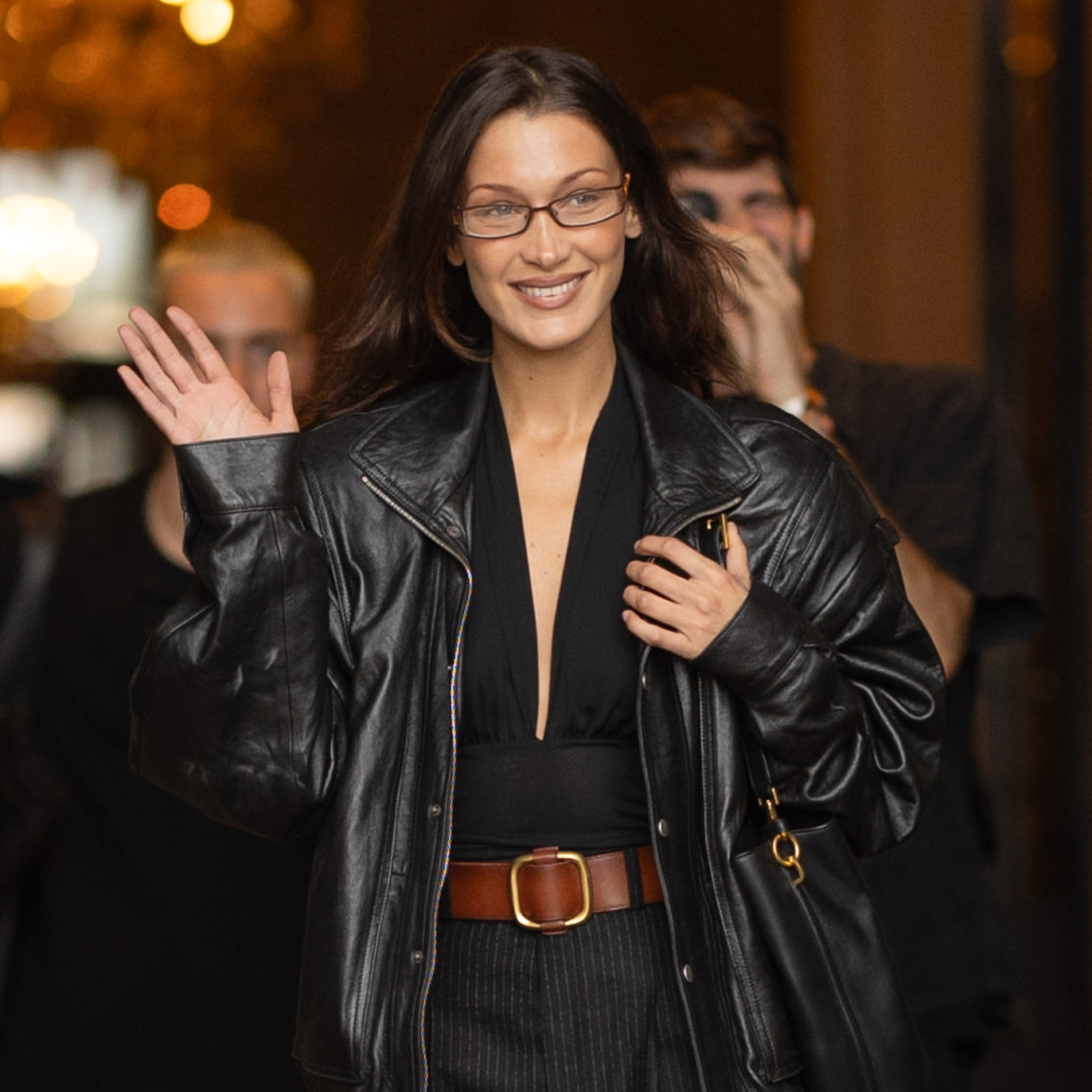 Bloody And Riding A Motorcycle In Paris, Bella Hadid Has Your Next Wet-Look Hairstyle Sorted
Bloody And Riding A Motorcycle In Paris, Bella Hadid Has Your Next Wet-Look Hairstyle SortedFilming her FX series, the model-turned-actress brought back the wet-hair look.
By Ariel Baker
-
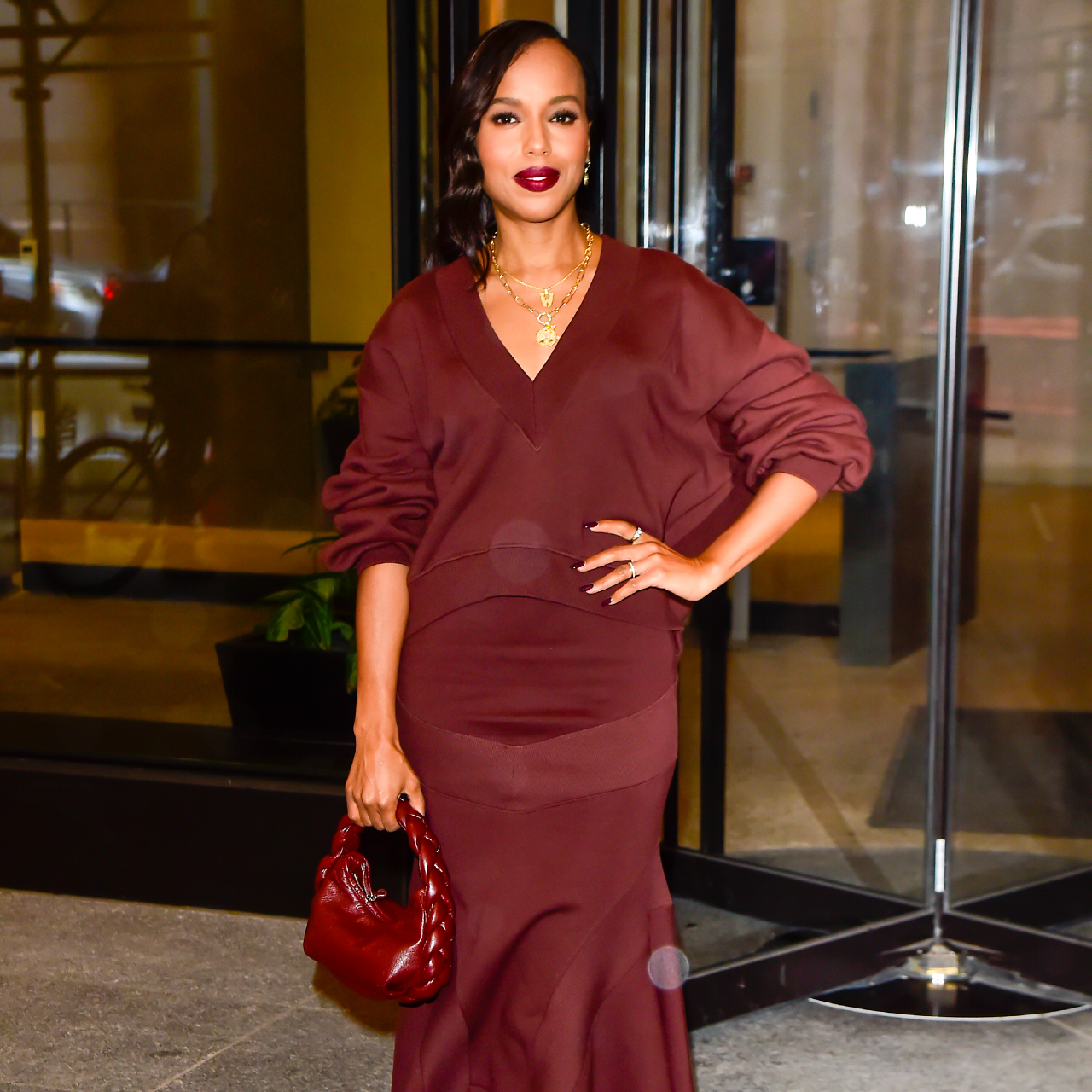 This Summer, My Afro Has One Muse: Kerry Washington
This Summer, My Afro Has One Muse: Kerry WashingtonMy curls understand the assignment.
By Ariel Baker
-
 My Blunt Ponytail Obsession Continues Thanks to Tracee Ellis Ross
My Blunt Ponytail Obsession Continues Thanks to Tracee Ellis RossShe's the undisputed queen of the style.
By Ariel Baker
-
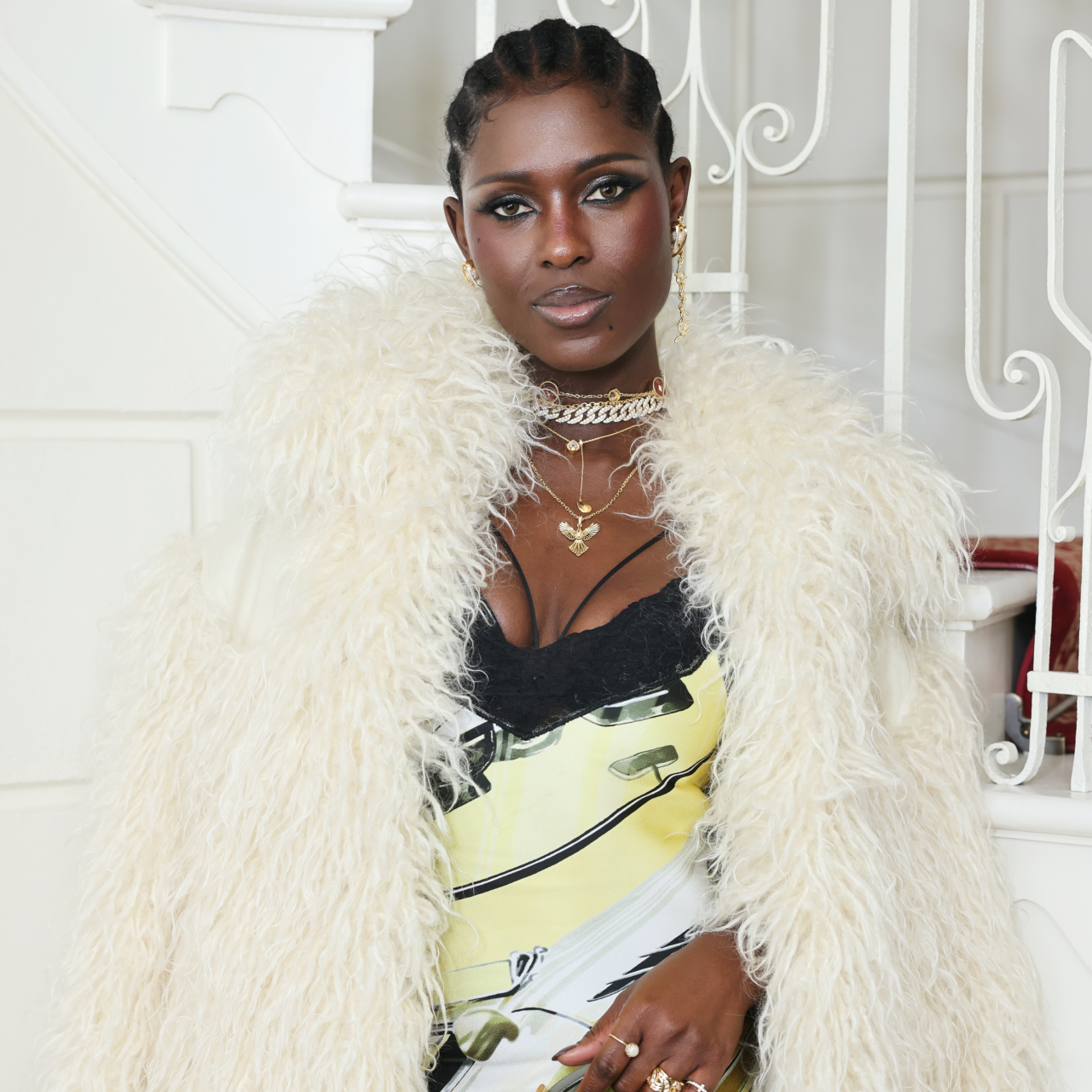 These Goddess Braids Make Jodie Turner-Smith Look Like an Ethereal Fairy
These Goddess Braids Make Jodie Turner-Smith Look Like an Ethereal FairyThe actress revealed stunning goddess braids while promoting her new TV show. See her gorgeous look here.
By Ariel Baker
-
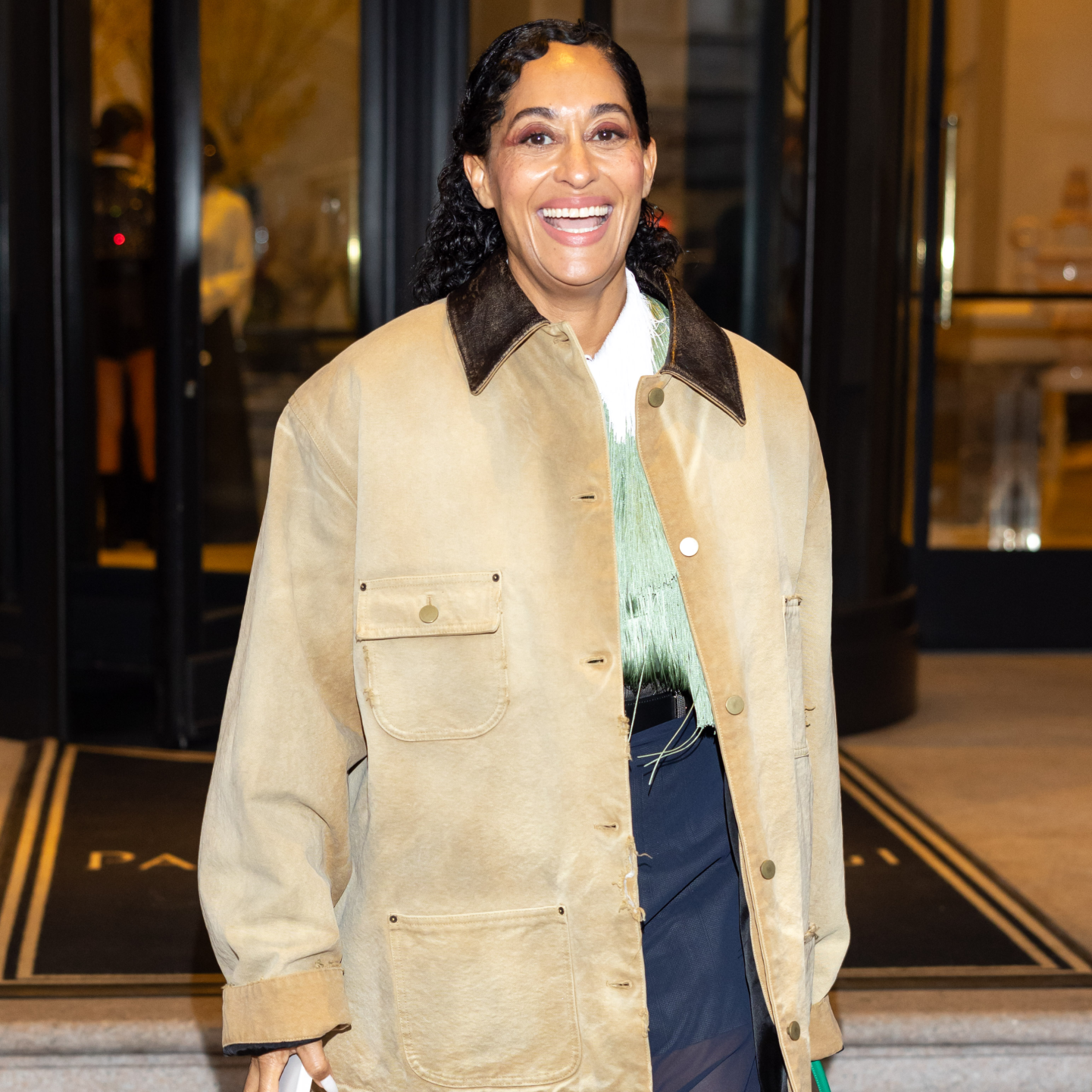 A Slicked-Back Ponytail Is Tracee Ellis Ross’s Go-To Spring Hairstyle, Outshining Her $1,150 Shoes
A Slicked-Back Ponytail Is Tracee Ellis Ross’s Go-To Spring Hairstyle, Outshining Her $1,150 ShoesIt's the official hairstyle for rich girls in-the-know.
By Ariel Baker
